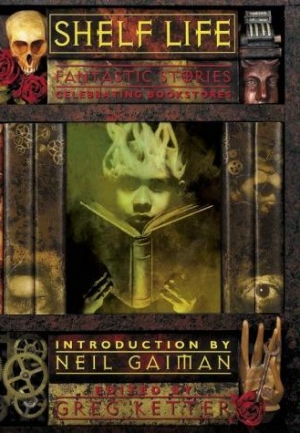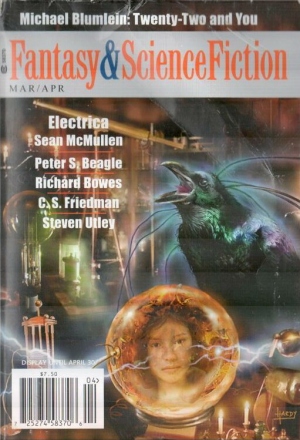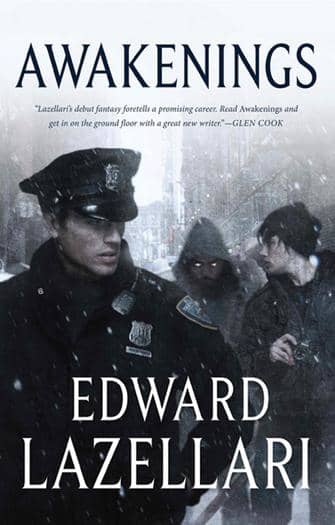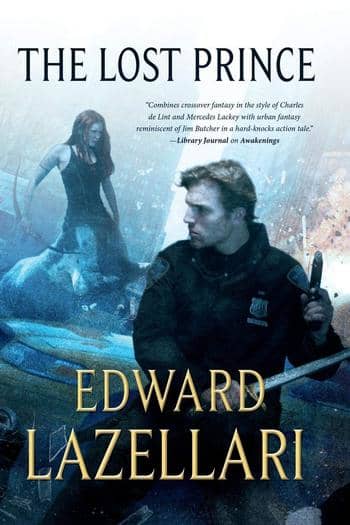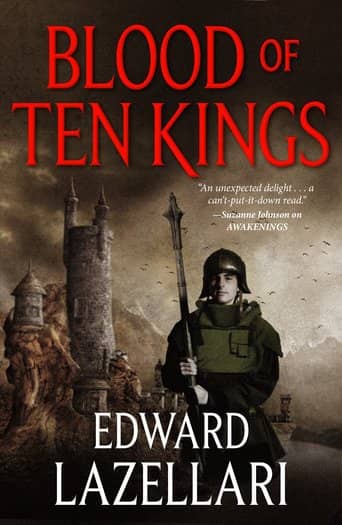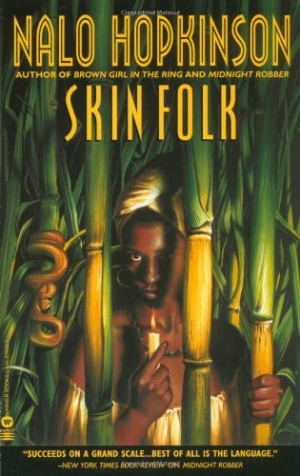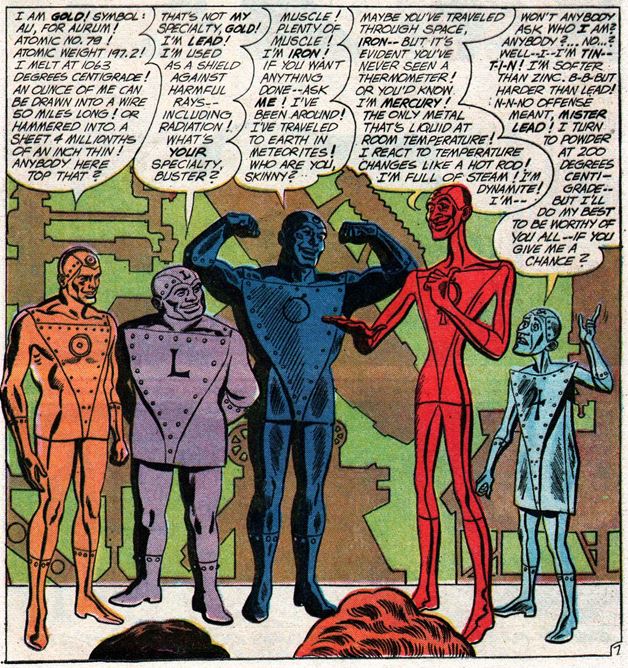A Space Opera of Surpassing Weirdness: The Amaranthine Spectrum by Tom Toner
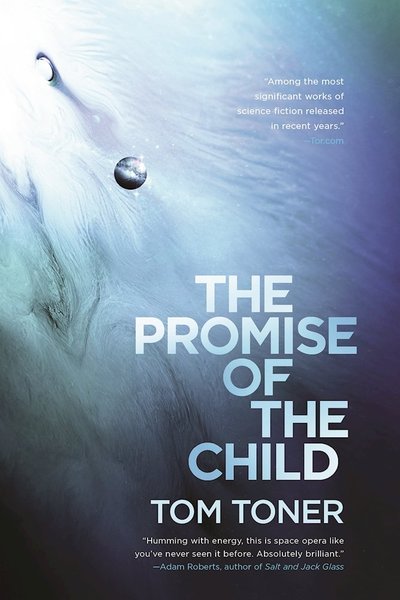 |
 |
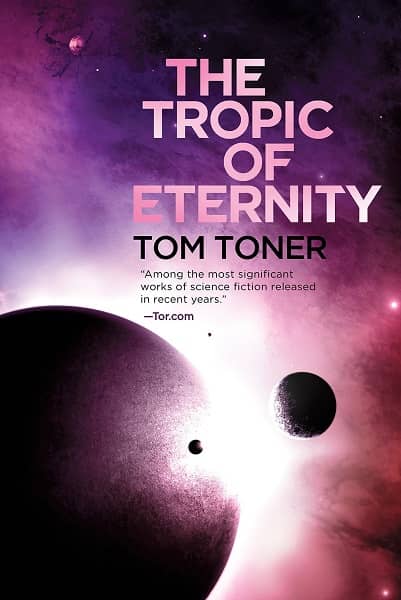 |
I’m off work for the holidays. Sixteen long days of Christmas food and home improvement tasks. It’s my longest break of the year, and also the time when I can get a little more ambitious with my reading.
You know what that means. It means I procrastinate big reading projects until the end of the year. And here at the end of 2018 I find myself with several large stacks of unfinished fat fantasies, trilogies, and longer series.
Well, they’re all going to have to wait. Because I want to start with Tom Toner’s Amaranthine Spectrum, an ambitious trilogy set in the far-distant 147th Century (How ambitious? The third volume has a 19-page glossary). The series just concluded with The Tropic of Eternity, published by Night Shade in August, and it has been one of the most acclaimed space operas on the market. Tor.com called “Among the most significant works of science fiction released in recent years,” and Locus proclaimed it “Marvelous…. a space opera of surpassing gracefulness, depth, complexity, and well, all-round weirdness.”
Here’s the description for the third volume, and all the publishing details. Now don’t bother me, I’m headed to my big green chair with some hot chocolate and a warm lap cat.
